The landscape of global finance is changing rapidly, and at the forefront of this transformation is decentralized finance (DeFi). As of 2025, the DeFi market has reached an astounding $200 billion, marking an unprecedented shift in how individuals and institutions manage money, assets, and investments. The surge in DeFi’s popularity and the impressive market growth signal a clear trend: decentralized finance is outpacing traditional banks in terms of adoption, innovation, and market penetration.
DeFi offers a host of opportunities for individuals and businesses, and this article dives deep into the factors driving DeFi’s explosive growth and how it is transforming global finance. From higher yields on investments to enhanced security and unprecedented accessibility, DeFi is proving to be a viable alternative to traditional financial institutions.
Understanding DeFi: The Core of Its Growth
Decentralized finance, or DeFi, refers to financial services—such as lending, borrowing, asset management, and insurance—that are conducted without the need for intermediaries like banks or financial institutions. These services are built on blockchain technology, primarily on platforms like Ethereum, which allows smart contracts to automate transactions without needing human oversight.
Unlike traditional financial systems, where transactions are routed through centralized entities, DeFi platforms operate in a peer-to-peer environment, enabling users to interact directly with one another. This fundamental shift away from centralized control is what sets DeFi apart, providing an innovative alternative that is gaining widespread adoption.
In 2025, the DeFi market has ballooned to $200 billion, a remarkable feat considering its humble beginnings. A number of key factors have contributed to this surge:
1. Financial Inclusion: A New Pathway for the Unbanked
One of the most compelling aspects of DeFi is its ability to provide financial services to the unbanked. According to estimates, more than 1.7 billion people worldwide still lack access to traditional banking services. In regions like Africa, Southeast Asia, and parts of South America, many individuals struggle to access basic banking services such as savings accounts, loans, and insurance.
DeFi is bridging this gap by enabling anyone with a smartphone and internet connection to access a wide range of financial products. These products include lending and borrowing, earning interest on crypto holdings, and participating in decentralized exchanges (DEXs). As a result, DeFi has the potential to unlock new economic opportunities for billions of people who have been excluded from the traditional financial system.
For individuals in developing countries, DeFi offers a unique opportunity to gain financial independence and wealth-building tools without needing to rely on established banking systems that may be geographically inaccessible or prohibitively expensive.
2. Yield Farming and Staking: Maximizing Returns on Crypto Assets
The traditional banking system offers relatively low-interest rates on savings, often leaving customers with minimal returns on their deposits. In contrast, DeFi platforms provide a much higher yield on digital assets through yield farming and staking.
Yield farming involves providing liquidity to decentralized lending platforms, while staking refers to locking up cryptocurrency assets to support blockchain operations in return for interest or rewards. Both methods allow users to earn passive income on their holdings—often at rates far higher than anything available in traditional finance.
These higher returns have made DeFi particularly appealing to investors seeking to maximize their wealth. DeFi’s promise of higher yields has not only attracted retail investors but also institutional capital, further fueling the market’s growth.
3. Transparency, Trust, and Security
Blockchain technology, which underpins DeFi platforms, ensures that all transactions are transparent, traceable, and secure. Every transaction is recorded on a public ledger that anyone can verify, allowing users to independently confirm the legitimacy of transactions without relying on centralized financial institutions.
Moreover, the DeFi ecosystem is designed with robust security features, such as smart contract auditing and decentralized governance, which minimize the risk of fraud, corruption, or human error. The transparency of the blockchain, coupled with security mechanisms like encryption, makes DeFi an attractive and trustworthy alternative to traditional finance.
The rise in blockchain-based security has attracted more investors and users, who value the ability to audit transactions and ensure the integrity of financial activities. As DeFi continues to mature, more security protocols are likely to emerge, further enhancing the ecosystem’s trustworthiness.
4. Flexibility and Control: A Financial Revolution for Users
DeFi provides users with an unprecedented level of control over their financial assets. Traditional banks impose various restrictions on how individuals can access or use their funds. For example, transferring money internationally, making investments, or accessing credit can take days or weeks, depending on the bank’s processing times.
In contrast, DeFi platforms allow users to execute transactions instantly, anywhere in the world, 24/7. Smart contracts automate processes like lending and borrowing, removing the need for intermediaries and significantly reducing the time and cost of transactions.
DeFi platforms also offer a wide variety of financial products that can be customized to meet individual needs. From decentralized exchanges (DEXs) to decentralized insurance platforms, DeFi is empowering users to take full control of their financial destinies.
DeFi Outpacing Traditional Banks: A Shift in the Financial Landscape
While DeFi continues to grow at an impressive rate, traditional banks and financial institutions are struggling to keep up. Here’s how DeFi is outpacing traditional finance:
1. Speed and Efficiency: Transactions in Real-Time
Traditional financial institutions often rely on intermediaries, which can slow down transactions. For example, international money transfers typically take days to process, and loan approvals can involve lengthy paperwork and waiting periods.
DeFi platforms, on the other hand, execute transactions on the blockchain within minutes or seconds, thanks to the power of smart contracts. These contracts automatically execute financial agreements once certain conditions are met, eliminating the need for manual processing.
The speed and efficiency of DeFi are particularly valuable in fast-moving markets, where time-sensitive transactions can mean the difference between profit and loss.
2. Lower Fees: Cutting Out the Middleman
Traditional banks charge fees for various services, including account maintenance, wire transfers, and currency conversion. These fees can add up quickly, especially for businesses and individuals who engage in frequent financial transactions.
DeFi platforms operate without intermediaries, allowing users to avoid high fees and commissions. While some DeFi platforms do charge transaction fees, they are typically much lower than the fees charged by banks. In addition, many DeFi platforms allow users to bypass centralized exchanges entirely, further reducing transaction costs.
The ability to avoid expensive banking fees is a key reason why more individuals and businesses are turning to DeFi solutions.
3. Innovation: Access to New Financial Products
DeFi is a hotbed of innovation, with new financial products and services emerging on a regular basis. These products range from decentralized lending protocols to tokenized assets, which allow users to trade real-world assets like real estate and commodities on blockchain networks.
The speed of innovation within the DeFi ecosystem far surpasses that of traditional banks, which are often bogged down by bureaucratic processes and regulatory compliance. As a result, DeFi platforms are able to offer cutting-edge financial products that cater to the needs of a modern, digital-savvy user base.
4. Global Accessibility: Financial Services Without Borders
DeFi’s decentralized nature means that it is accessible to anyone with an internet connection, regardless of where they are located. Traditional banking systems, on the other hand, are often limited by geographic borders and economic factors, leaving millions of people without access to basic financial services.
With DeFi, users in even the most remote areas can access global financial markets and products. This borderless accessibility is one of the key factors driving DeFi’s rapid adoption, as it enables individuals from all over the world to participate in the global economy.
Looking Ahead: The Future of DeFi
As the DeFi market continues to grow and evolve, we can expect even more opportunities to emerge for both individuals and institutions. With the market already valued at $200 billion in 2025, the future of DeFi looks bright, and it’s only a matter of time before decentralized finance becomes a mainstream alternative to traditional banking.
Looking ahead, we may see further integration between DeFi and traditional financial systems, as banks and financial institutions begin to recognize the advantages of decentralized solutions. As more people and businesses embrace DeFi, the boundaries between traditional finance and decentralized finance are likely to continue to blur, creating a more inclusive and efficient global financial system.
For anyone looking to tap into the world of DeFi, now is the time to act. Whether you’re an individual seeking higher returns on your investments or a business looking for more flexible financial solutions, DeFi offers a world of opportunities that are set to redefine the future of finance.
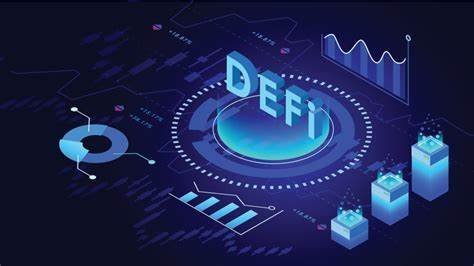


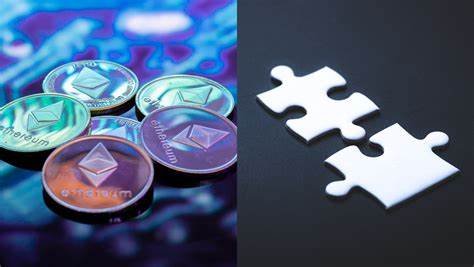
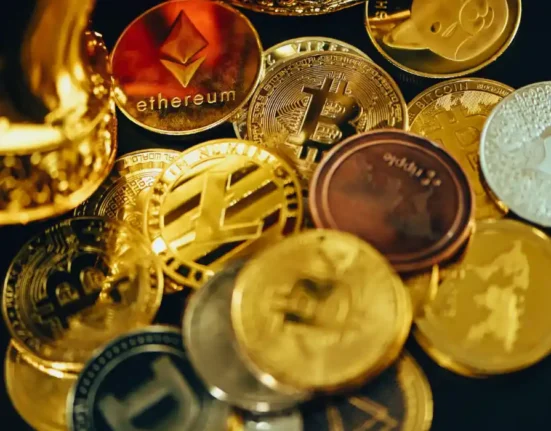
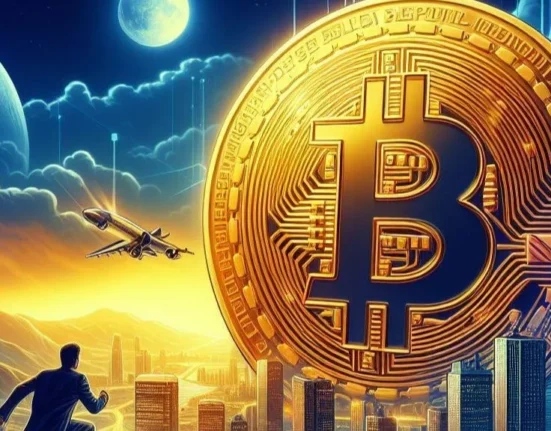
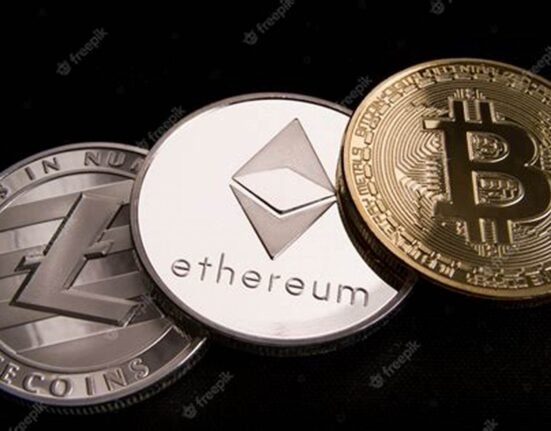
Leave feedback about this